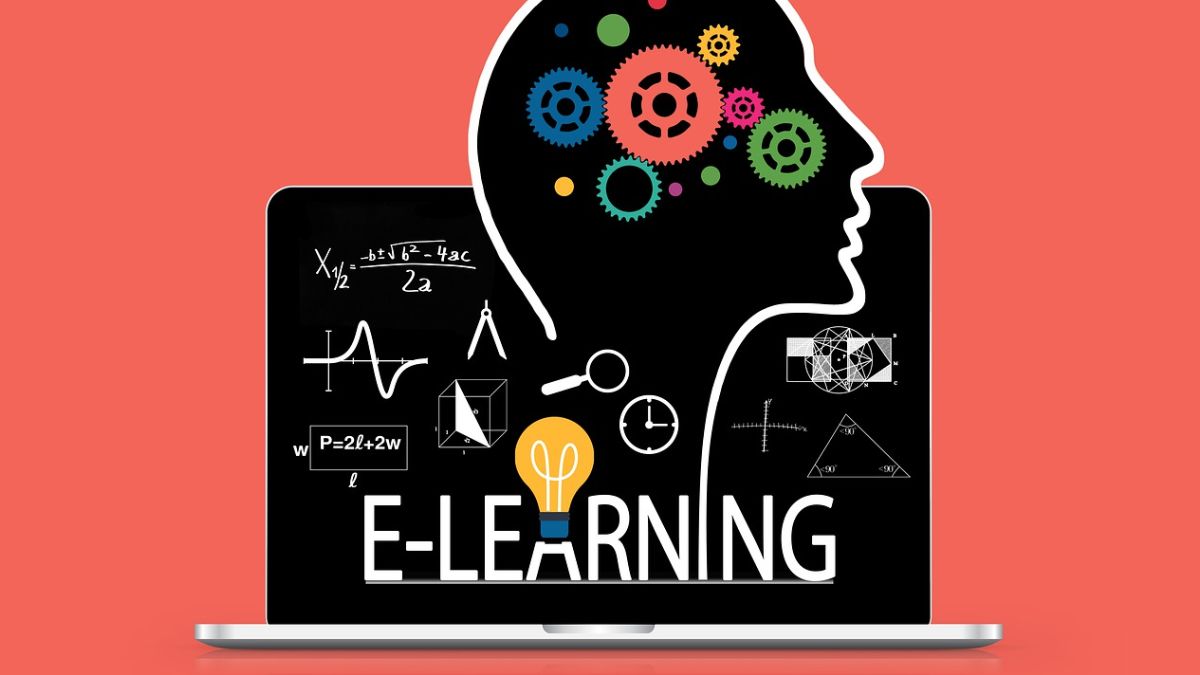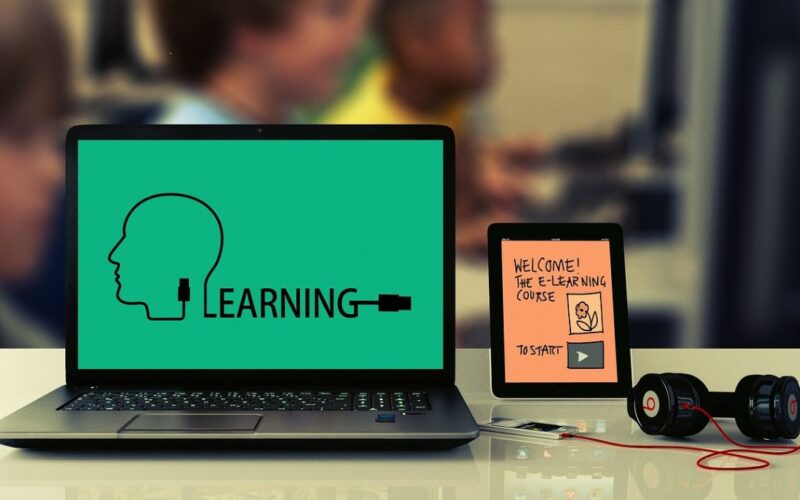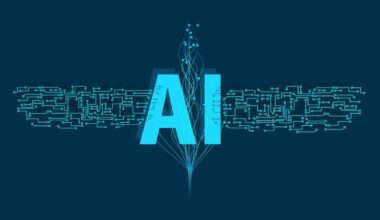In recent years, advancements in technology have transformed the landscape of education, making learning more accessible, interactive, and engaging than ever before. E-learning technologies have revolutionized the way students access information, collaborate with peers, and engage with course materials. From online learning platforms to virtual reality simulations, these innovative tools are shaping the future of education. In this article, we’ll explore some of the top e-learning technologies that are driving modern education forward.
Learning Management Systems (LMS)
Learning Management Systems (LMS) serve as the backbone of e-learning by providing a centralized platform for course delivery, content management, and student engagement. LMS platforms, such as Moodle, Canvas, and Blackboard, enable educators to create and deliver online courses, organize learning materials, track student progress, and facilitate communication and collaboration. These platforms offer features such as discussion forums, quizzes, assignments, and multimedia content delivery, making it easier for instructors to engage students in dynamic and interactive learning experiences.
Video Conferencing and Webinar Tools
Video conferencing and webinar tools have become essential for facilitating synchronous online learning experiences and virtual classroom sessions. Platforms such as Zoom, Google Meet, and Microsoft Teams enable educators to conduct live lectures, host interactive discussions, and engage with students in real-time. These tools offer features such as screen sharing, chat functionality, and breakout rooms, allowing for seamless communication and collaboration among students and instructors regardless of location.

Interactive Multimedia Content
Interactive multimedia content, including videos, simulations, animations, and interactive exercises, enhances the effectiveness of online learning by catering to diverse learning styles and preferences. Educational content creators leverage tools such as Adobe Captivate, Articulate Storyline, and H5P to develop engaging and interactive course materials that promote active learning and knowledge retention. These multimedia resources allow students to explore complex concepts, visualize abstract ideas, and engage with course content in a dynamic and immersive way.
Adaptive Learning Technologies
Adaptive learning technologies use data analytics and machine learning algorithms to personalize the learning experience for each student based on their individual needs, preferences, and learning pace. Platforms such as Knewton, Smart Sparrow, and DreamBox Learning adaptively adjust course content, pacing, and difficulty levels in real-time to match the learner’s proficiency and performance. Adaptive learning technologies enable educators to deliver personalized instruction, identify areas of improvement, and provide targeted support to help students succeed.
Gamification and Game-Based Learning
Gamification and game-based learning strategies leverage the principles of game design and mechanics to enhance student engagement, motivation, and learning outcomes. Platforms such as Kahoot, Quizizz, and Classcraft incorporate elements such as points, badges, leaderboards, and rewards into educational activities to make learning more interactive and enjoyable. Game-based learning experiences stimulate critical thinking, problem-solving, and collaboration skills while providing immediate feedback and opportunities for mastery.
Virtual Reality (VR) and Augmented Reality (AR)
Virtual Reality (VR) and Augmented Reality (AR) technologies offer immersive and interactive learning experiences that transcend traditional classroom boundaries. VR platforms such as Oculus Rift, HTC Vive, and Google Cardboard enable students to explore virtual environments, conduct simulations, and interact with 3D models in a realistic and engaging manner. AR applications, such as Pokemon Go and Google Expeditions, overlay digital content onto the physical world, allowing students to visualize concepts and interact with digital objects in real-time.
Mobile Learning (M-Learning)
Mobile learning (M-learning) enables students to access educational resources and participate in learning activities anytime, anywhere using smartphones, tablets, and other mobile devices. Mobile learning apps, such as Khan Academy, Duolingo, and Coursera, offer on-the-go access to a wide range of educational content, including videos, quizzes, and interactive exercises. M-learning facilitates self-paced learning, personalized instruction, and continuous learning opportunities, catering to the needs of modern learners who are increasingly mobile and connected.

Social Learning Platforms
Social learning platforms foster collaboration, communication, and knowledge sharing among students and educators through online communities, discussion forums, and social networking features. Platforms such as Edmodo, Schoology, and Flipgrid facilitate peer-to-peer interaction, group collaboration, and knowledge exchange, enabling students to learn from each other and co-create learning experiences. Social learning platforms promote active participation, community building, and social support, enhancing the overall learning experience for students.
Artificial Intelligence (AI) in Education
Artificial Intelligence (AI) technologies are revolutionizing education by automating administrative tasks, personalizing learning experiences, and providing intelligent tutoring and feedback. AI-powered platforms, such as Squirrel AI, Carnegie Learning, and IBM Watson Education, analyze student data, predict learning outcomes, and deliver adaptive instruction tailored to each student’s needs. AI in education enhances efficiency, effectiveness, and equity by providing personalized support and guidance to learners of all abilities.
Blockchain for Credentialing and Certification
Blockchain technology is disrupting traditional credentialing and certification processes by providing secure, tamper-proof records of academic achievements and qualifications. Blockchain-based platforms, such as Learning Machine, Blockcerts, and BitDegree, enable students to securely store and share digital credentials, certificates, and transcripts in a decentralized and transparent manner. Blockchain for credentialing promotes trust, authenticity, and portability of credentials, empowering learners to showcase their skills and credentials with confidence in the digital age.
E-learning technologies are transforming education by making learning more accessible, engaging, and effective for learners of all ages and backgrounds. From learning management systems and video conferencing tools to adaptive learning technologies and virtual reality simulations, these innovative tools are revolutionizing the way we teach and learn in the digital age. By embracing e-learning technologies, educators can create dynamic and personalized learning experiences that inspire curiosity, foster creativity, and empower students to succeed in an ever-changing world.










